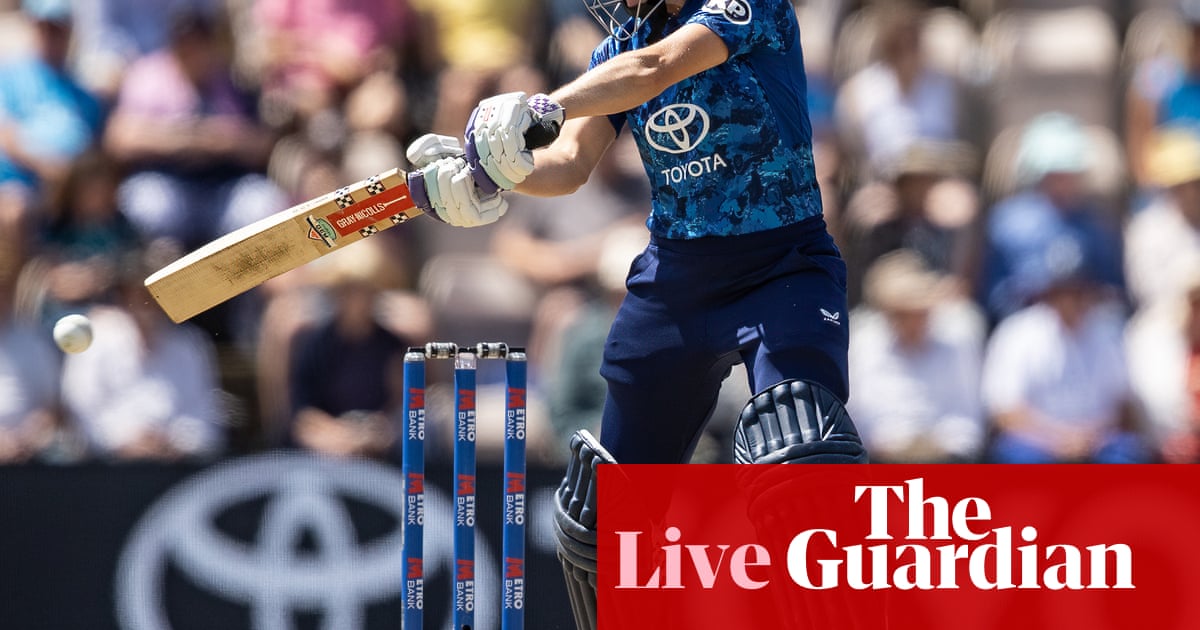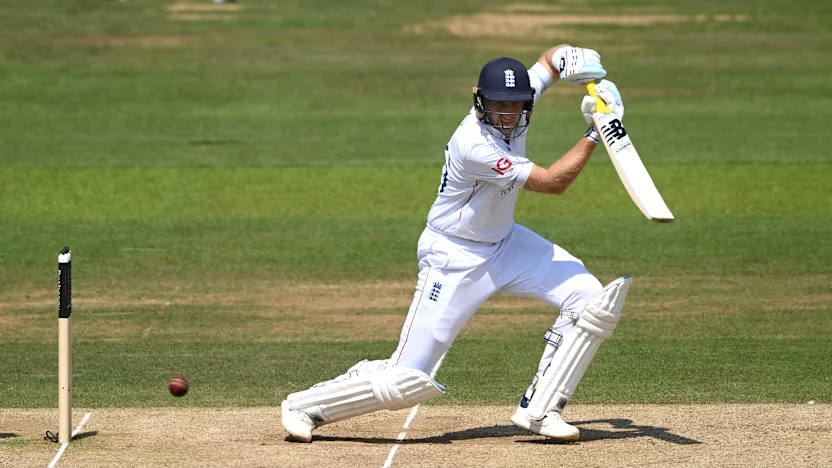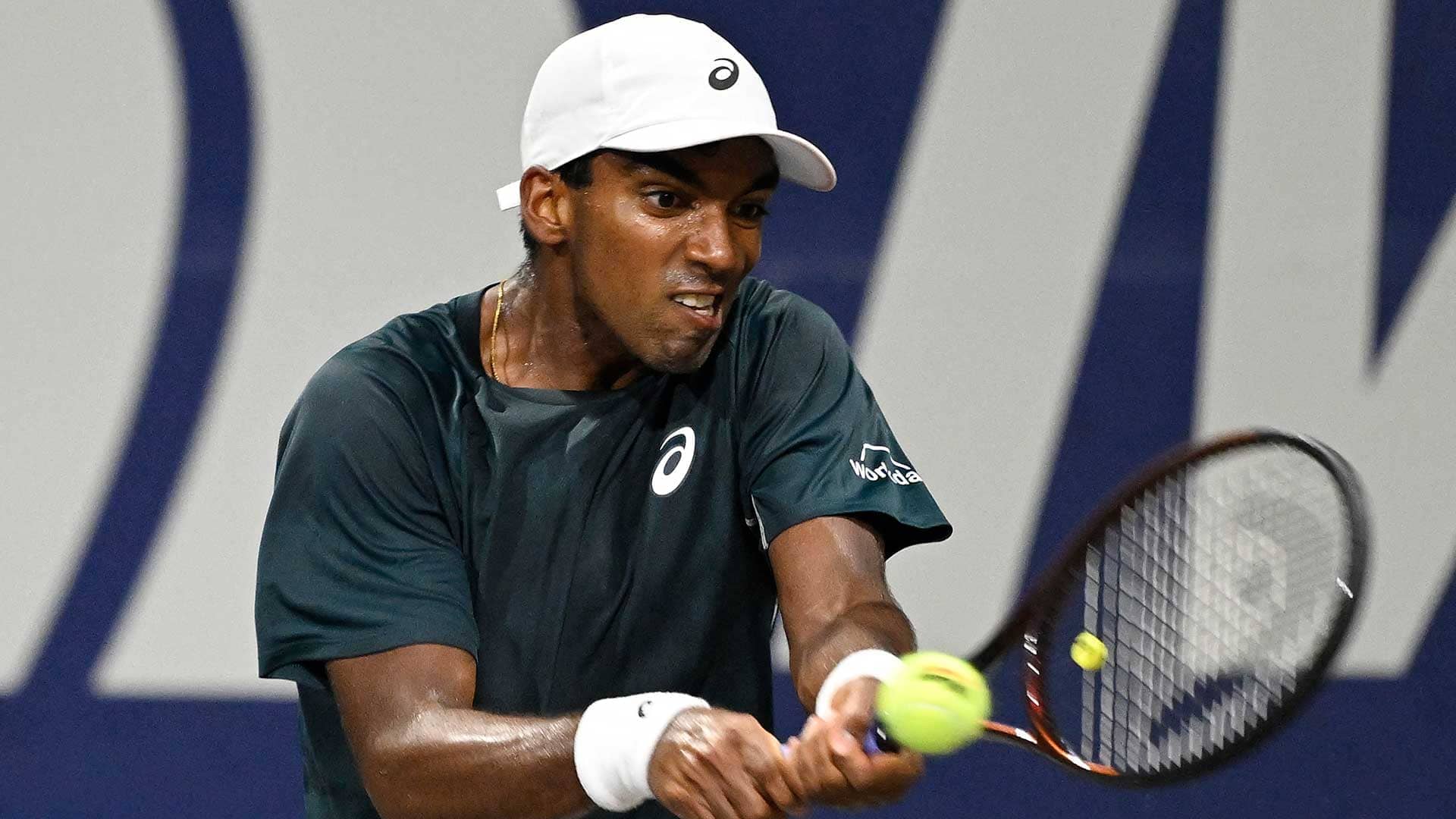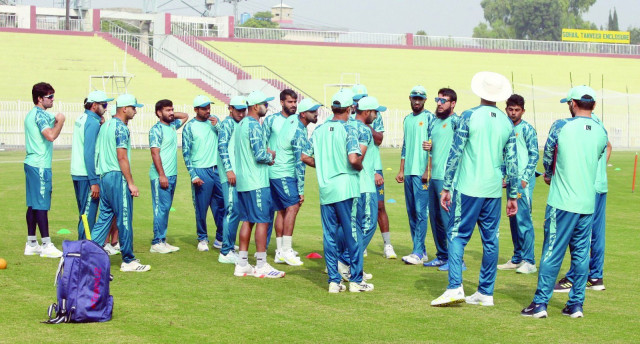The story of a disaster: An IPL win, a city’s joy, and a tragedy that was waiting to happen

Bengaluru was ready. WhatsApp groups were buzzing with potential plans, and not the kinds that get washed down by lethargy and red lines on Google Maps. These were serious plans. Someone fetched a list of screenings, someone else a list of bars with projector screens. A matrix of experience versus access was drawn up.First call: The RCB Bar and Cafe. Placed in central Bengaluru, a leather ball’s throw from Cubbon Park, a five-minute auto ride away from the M Chinnaswamy Stadium. Prime location for such a game. A telephone call later, we were informed of a cover charge of Rs 25,000 a table. And we’d have to move quickly – even those were evaporating quickly. Another bar at MG Road quoted Rs 10,000 per table.With every passing conversation, I got the sense that the city was coiled for this evening, ready to shed 17 years of weight in one glorious explosion.It was June 3.The Indian Premier League wears its youth badly, or so its critics claim. Its mannerisms – the noise, the aesthetics, the shameless commerce – offend those who treasure cricket’s idyllic traditions. A senior journalist I was once on a call with refused to engage on IPL-adjacent topics because “IPL is not cricket”.But tell that to the 19,000 who turned up for a Chennai Super Kings training session in 2019. Or the thousands who pack the Chinnaswamy Stadium for Royal Challengers Bengaluru’s annual unveiling – an event consisting of nothing more than players in full kit taking a ceremonial lap.Call it gaudy, vulgar, or any adjective from a Victorian-era thesaurus, but the IPL has seized the 21st century Indian cricket fan by the heart.At the pub where I finally secured a table, for a fraction of the cover charges getting thrown around the city, I entered to find the staff decked in replica RCB jerseys. Half the patrons inside wore the same, unmistakable colours. The manager mentioned, almost casually, that every table for the evening had been booked six hours in advance.This was RCB's first final since 2016’s heartbreak, when they’d entered as star-studded emperors only to find themselves face-first in the dirt, steps from the throne. But this year, the universe seemed to be tilting their way.The DJ hunched over his console all evening, tracks loaded and finger poised, waiting for the precise moment to unleash cult MTV classics from the 2000s. The Backstreet Boys were back, Guns N’ Roses thundered through, Blue spoke about one love. Then, as Punjab Kings captain Shreyas Iyer’s wicket fell, he pivoted seamlessly to the classic rock hook from RCB’s official anthem . The pub transformed into a mini stadium. My flatmate, whose interest in cricket barely registers as a pulse, found himself swept into the “Aar See Bee!” chorus.Outside the round-arched windows, fireworks erupted midway through the final over, just as Virat Kohli’s eyes began to moisten. Bon Jovi’s It’s My Life held hands with Josh Hazelwood and delivered the final flourish to a game that had more than a line of destiny written into its scripts.Bengaluru’s moment had come.On the ride home, the streets were beginning to swell. I could hear the sound of a city taking flight, fireworks lighting up the inky 1 am darkness. Within an hour, all of Bengaluru’s major arteries would be clogged in RCB red. Nearly 1,600 km north, inside the home dressing room at Ahmedabad’s Narendra Modi Stadium, Virat Kohli was already speaking of tomorrow: “It will really sink in when we celebrate it with the city tomorrow.” He seemed sure of the plans.Perhaps he meant the standard airport reception that greets triumphant teams in India. It was too early for anything grander. But by 7 am the next morning, the Royal Challengers Bengaluru broke my misconception. On their social media channels, they announced an open top bus parade between the Vidhana Soudha to Chinnaswamy Stadium. A mile of song and dance, offering the city a chance to bathe in the reflected glow of that thick, gold trophy they’d craved for 17 years.By that time, Twitter was teeming with videos from the previous night, of a city drunk on its moment of catharsis. Not all of it was pretty. Cars were mounted, bystanders were pulled into dance, fireworks were set off near residential areas and hospitals. The city’s police force lost their sleep, dousing sparks across the city until late in the night.June 4 was not going to merely be a reception at the airport.Within hours of RCB’s announcement, Bengaluru Police Commissioner B Dayananda delivered the cold shower: no open bus parade would be permitted. RCB were free to hold any event inside Chinnaswamy Stadium, but the roads were off limits.The backlash was immediate, visceral. The city had waited so long; it deserved to have its day out.***Bhaskar Rao has served in the police force for 33 years, including a long spell as the police commissioner of Bengaluru. I’m on a call with him, and his anguish is showing.“Why the rush? You have to give time to the forces, plan properly. There was a huge frenzy the previous night. It was clear that the city had reacted with emotion. The celebrations were going on till early morning.”Tarutr Malhotra has been a Bangalore boy all his life. For 17 seasons, he had ridden the wave of euphoria with RCB, only to crashland into despair every time. Early in the afternoon hours of June 4, still hungover from adrenaline, he made his way to the Cubbon Park metro station, from where all roads led to Chinnaswamy Stadium.“As soon as you got down from the metro station, you got a sense of a large crowd congregating for the day’s events,” he tells me in a phone conversation. “But there wasn’t any organisation, any idea of what was going on. A swelling crowd was just going off on hearsay and rumours. That said, the lack of police barricades, medical tents, or water stations was very noticeable.”He spoke to a couple of police officers en route. One told him, “not happening”; another said, “it’s on.”Bhaskar Rao emphasises the importance of planning such events. “See, in some cases, events can happen in a haphazard manner. You have to then firstly get everyone on the table. From police force to medical resources to hospitals, logistics, event management, everyone. In a metro city, planning is not up for negotiation. The rush from the political dispensation to have their moment in the sun sent everything awry.”By 3 pm, nearly 1,00,000 people had compressed into the mile of space between the Vidhana Soudha and Chinnaswamy Stadium. That number soared with every passing minute. Despite the police warnings, RCB’s social media team doubled down on their plans, posting again about “Free Victory Day passes” in bold type, burying “limited entry” in the fine print. By then, metro stations near the venue had downed their shutters.The crowd near Chinnaswamy Stadium – already tense, restless, breathless – kept receiving conflicting reports about their chances of getting to see their heroes in the flesh. So they pushed. And pushed some more.









)



